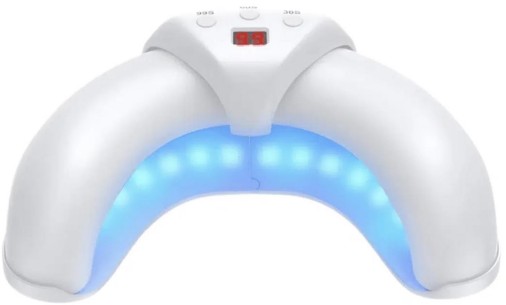
How to Choose the Best Air Purifier for Smoke: A Complete Buyer’s Guide
Smoke from wildfires, cigarettes, or cooking can significantly degrade indoor air quality, posing health risks and discomfort. Choosing the right air purifier is essential to effectively remove smoke particles and odors from your home. But with so many options on the market, how do you pick the best air purifier for smoke? This guide breaks down the key features you should consider—including HEPA filters, activated carbon, and CADR ratings—to help you breathe cleaner, smoke-free air.
HEPA Filters: Capturing Tiny Smoke Particles
One of the most critical components in an air purifier for smoke is the High Efficiency Particulate Air (HEPA) filter. HEPA filters are designed to trap at least 99.97% of particles as small as 0.3 microns, which includes fine smoke particles that regular filters often miss. Smoke particles are extremely tiny, making HEPA filters indispensable for improving indoor air quality during smoke events. When shopping, look for air purifiers with true HEPA filters rather than “HEPA-type” or “HEPA-like” labels, as only true HEPA filters guarantee this level of filtration.
Activated Carbon Filters: Tackling Smoke Odors
While HEPA filters trap particulate matter, they don’t remove odors or harmful gases often found in smoke. That’s where activated carbon filters come into play. These filters are made from porous carbon materials that absorb volatile organic compounds (VOCs), smoke odors, and chemical pollutants from the air. For the best smoke removal, choose an air purifier that combines a HEPA filter with a substantial activated carbon layer. This dual filtration approach ensures both the particles and the unpleasant smell of smoke are effectively eliminated.
CADR Ratings: Measuring Purifier Efficiency
The Clean Air Delivery Rate (CADR) is an important metric to assess how well an air purifier cleans the air. It measures the volume of filtered air delivered per minute, with separate ratings for dust, pollen, and smoke. When selecting a purifier for smoke, pay attention to the smoke CADR rating—it indicates how efficiently the unit removes smoke particles. Higher CADR numbers mean faster and more effective air cleaning, which is especially important during heavy smoke conditions or in larger rooms.
Room Size and Purifier Capacity
Air purifiers are designed to handle different room sizes. Make sure to choose one rated for the size of the space where you’ll be using it. Using a purifier that’s too small for the room means it won’t filter the air effectively. Check the manufacturer’s specifications for the recommended room size and consider a slightly larger capacity to ensure optimal performance during smoke events.
Additional Features and Maintenance Tips
Other helpful features include adjustable fan speeds, air quality sensors, and quiet operation modes, which enhance usability and comfort. Regular maintenance is crucial; HEPA and carbon filters need replacement according to the manufacturer’s schedule to maintain efficiency. Some purifiers also offer washable pre-filters to extend the life of main filters. When choosing an air purifier for smoke, factor in filter replacement costs and availability to keep your unit running smoothly long-term.


















